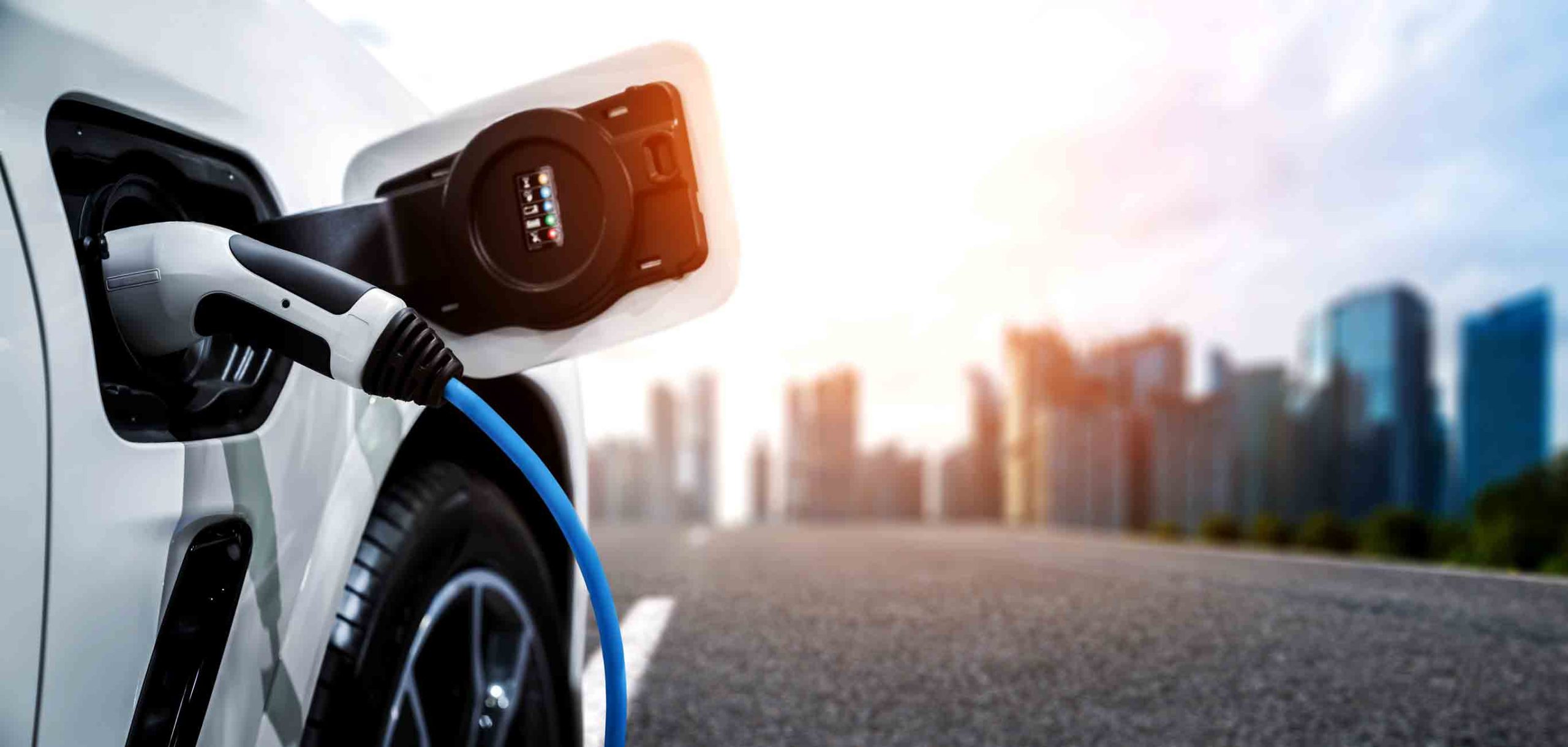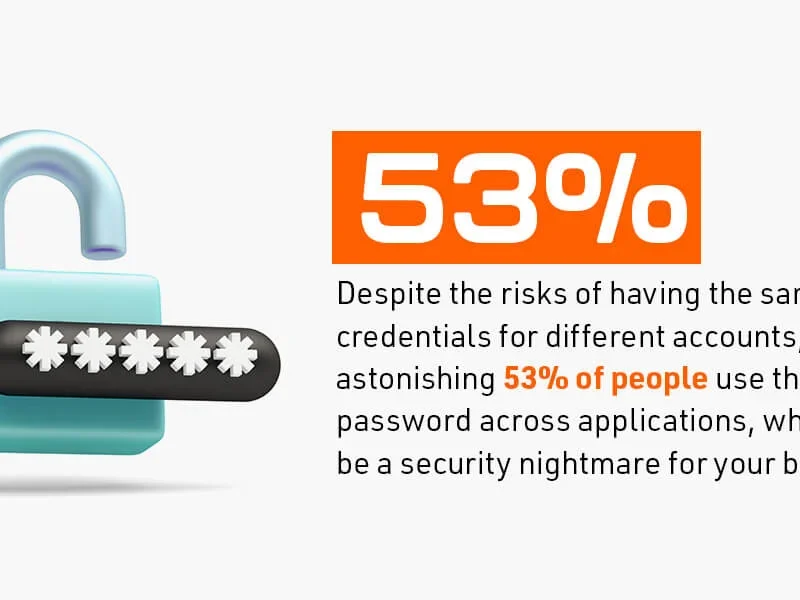For decades people have been filling gas (petrol) within minutes at their nearest Gas Stations, however with EVs it is not as easy as that. Electric Vehicles work, as the name suggests on electricity, therefore charging the EV batteries in these vehicles is of prime importance. Over the years, there has been significant development on the EV batteries and EV charging. The EV charging speed depends on 3 things, the charging station, the charging cable and the charging connector.
As a country, UAE is firmly focused to meet its sustainability goals aligning with UAE’s vision 2021 and UAE Energy strategy 2025. The government has provided incentives to EV buyers like exemption from road tolls, free charging stations etc. Although it is difficult to give the exact count of EVs on the UAE roads today, we can safely assume it be approximately 30000+, with the UAE government targeting 42000 EVs on the road by 2030. In line with its ambitious 2050 carbon neutrality goals, the UAE plans to install 70,000 EV charging points by 2030 which clearly shows the upwards trajectory of the EVs. As per Chatgpt the most Popular EV models in the UAE are- Tesla Model S, Nissan Leaf, Audi A6 e-Tron, Hyundai Kona Electric, BMW iX3
EV Charger types
Level 1 Chargers (Slow Charging)
- Power Output: 1.4 kW – 1.9 kW
- Voltage: 120V AC (Standard household outlet)
- Charging Time: 8-20 hours for a full charge (varies by battery size)
- Best For: Home use, overnight charging, occasional use
Level 2 Chargers (Faster Charging)
- Power Output: 3.3 kW – 19.2 kW
- Voltage: 240V AC
- Charging Time: 4-8 hours for a full charge
- Best For: Home use (with a dedicated 240V circuit), workplaces, public charging stations
Level 3 Chargers (DC Fast Charging)
- Power Output: 50 kW – 350 kW
- Voltage: 400V – 900V DC
- Charging Time: 15-60 minutes for an 80% charge
- Best For: Highways, commercial use, fleet charging, fast refueling
EV Charger Connectors & Compatibility
AC Charging Connectors (Level 1 & 2)
- Type 1 (J1772) – Used in North America
- Type 2 (Mennekes) – Standard in Europe, and in UAE for AC charging
DC Fast Charging Connectors (Level 3)
- CCS (Combined Charging System) – Used by most automakers (North America & Europe), also in UAE for DC fast charging
- CHAdeMO – Used by Nissan & some Japanese brands
- Tesla Supercharger – Proprietary connector for Tesla vehicles (now transitioning to NACS in North America)
- GB/T – Standard in China

Tesla NACS port
The North American Charging System (NACS), standardized as SAE J3400, is an electric vehicle (EV) charging connector standard. Developed by Tesla, Inc., it has been used by all North American market Tesla vehicles since 2021 and was opened for use by other manufacturers in November 2022. It is backwards compatible with the proprietary Tesla connectors made before 2021.
Starting in 2025, all brands will build the Tesla-backed NACS port directly into their vehicles, removing the need for an adapter and effectively creating a new industry standard.
Tesla argued its in-house connector is smaller, easier to handle, and more reliable than the port all non-Tesla EVs are currently built with, the Combined Charging System (CCS). Plus, Superchargers make up around a third of the 60,000 public fast chargers in the US, according to the US Department of Energy

Any non-Tesla EV except for the Nissan Leaf and Mitsubishi Outlander plug-in hybrid electric vehicle (which use an incompatible plug standard called CHAdeMO) can currently charge at one of the limited numbers of Tesla Superchargers that offer a Magic Dock adapter. The Magic Dock enables EVs with a Combined Charging Standard (CCS) plug (on most non-Tesla vehicles) to use Tesla’s chargers, which are designed for its NACS plugs. Currently, only a fraction of Superchargers has Magic Docks, and the majority are in the Northeast. Tesla has said that it plans to install more in the future. Additionally, Magic Dock users must use the Tesla app instead of enjoying the seamless experience of simply plugging in for payment.
To read and find more information and interesting articles on EV batteries and charging, check these articles


